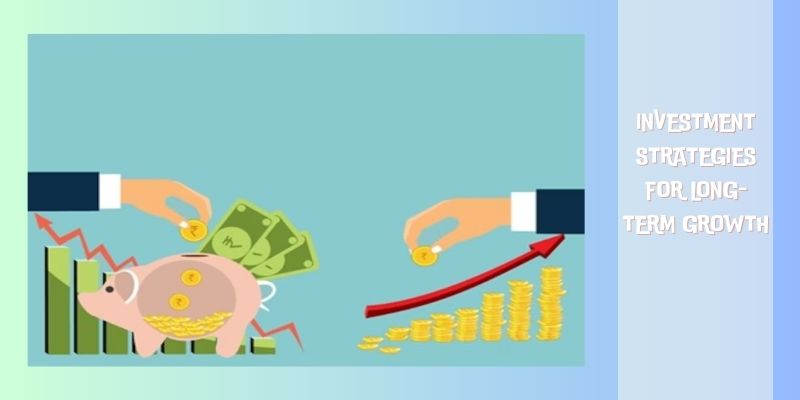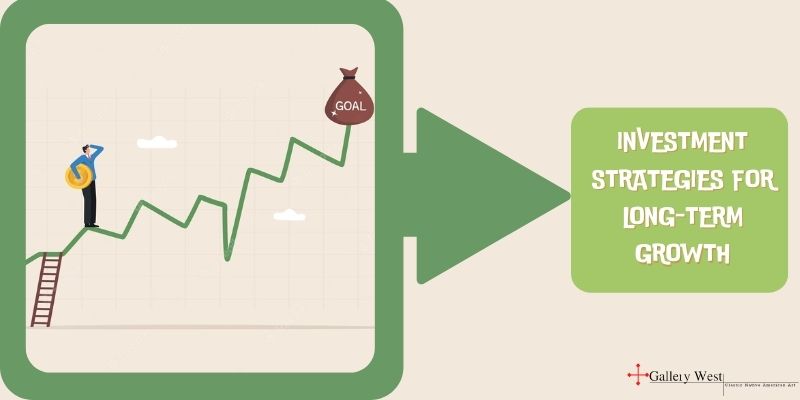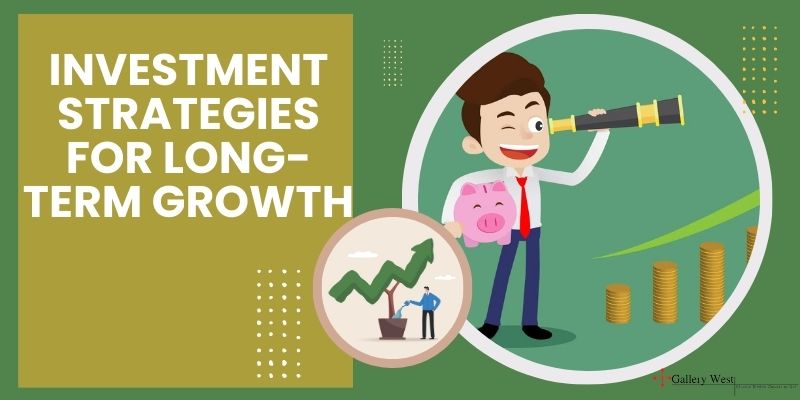The school year never ends if you want to keep learning and expanding your market expertise. No matter the weather, there is always something new to learn and add to our market knowledge each market day.
Having said that, it is always beneficial to review a handful of the fundamental concepts that underpin the rest of your investment knowledge, regardless of how advanced your financial understanding may be. seao.info will provide for you 5 best Investment strategies for long-term growth in this post.
5 best Investment strategies for long-term growth

There are many various guidelines, each tailored toward certain investment approaches and objectives. Here are five suggestions to think about if you’re aiming for the future and want to move closer to your Investment strategies for long-term growth objectives.
1. Know where you plan to invest before choosing your tools
Are you making investments for a future house purchase or a retirement that feels decades away? Are you investing to leave a significant legacy for your children or to attain or maintain a specific retirement lifestyle for you and your spouse?
Whatever your financial objectives may be—and you may have a number of them—it helps to be crystal clear about what you’re attempting to accomplish before you begin digging through your toolbox of financial resources.
Some objectives can call for cautious approaches or products, such fixed income securities, while others might call for a more aggressive Investment strategies for long-term growth that might involve small-cap or emerging-market stocks.
2. Know your investment risk tolerance

You’ve probably heard of “risk tolerance.” Beyond a certain point, market volatility may prompt you to sell your stock, or in more colloquial terms, to say “uncle.”
Perhaps your risk exposure was excessive, or perhaps your initial investment justification wasn’t sound. In any case, it’s advantageous if your risk tolerance limit is determined by an empirical measurement rather than an emotional reaction. How will you know if you’re taking on too much risk or not enough if you don’t know what your risk tolerance is?
Think about this In a widespread episode of panic selling, many investors lost a sizable portion (or all) of their equities holdings as the markets fell in March 2020 amid the COVID-19 epidemic. But over the following two months, the market experienced a rapid recovery, and many investors who sold off their portfolios probably missed out on this.
3. Bring balance into your investment strategy

Diversify, diversify, diversify—phrases we’ve heard a lot. In the world of finance, it resembles a recurring mantra.
To put it mildly, there is some truth to it. When a stock has a significant decrease, there may be good (perhaps overvalued but generally sound) or bad (the company is in trouble) reasons for it. The same idea can be expanded upon and applied to entire asset classes (stocks, bonds, commodities, etc.), industries, and sectors.
Everyone is aware that it’s wise to avoid putting “all your eggs in one basket,” as the adage goes. To spread their risk across a wider variety of assets and marketplaces, many investors diversify. A portfolio is exposed to a greater range of potential return sources as a result. And if a portion of your portfolio is performing poorly, hopefully the other portions are doing well.
4. Adjust your investment strategy whenever necessary
There isn’t a principle, approach, or technique to investing that is so strong or powerful that it can’t or shouldn’t be questioned occasionally. Both economies and markets are dynamic. You’ll need to periodically think about adjusting your investing approach.
Understand when and how to challenge your own investing theories and convictions. This does not need you to be unduly erratic or to alter your Investment strategies for long-term growth too frequently or quickly. It also doesn’t imply that you should be obstinate and continue with an investment plan that is obviously failing.
Finding the ideal ratio of long-term commitment and immediate adaptability is challenging. You can, however, have a greater understanding of what you’re doing, how you’re doing it, and what further you can do to improve your portfolio by challenging your investment assumptions, ideas, and tactics.
5. Avoid dancing to the rhythms of intraday volatility
Whatever occurs in the market today, this week, over the next few months, or even over the next few years may not have a substantial negative influence on your Investment strategies for long-term growth results if your investing time horizon is decades distant. Naturally, if the market declines for a long time, rebalancing or dollar-cost averaging may be beneficial when the market eventually gets enough momentum to advance.
Any investor may become alarmed by such kind of price activity when intraday market volatility reaches extreme heights. However, if you want to achieve your goals in a few years or decades, what occurs now shouldn’t really concern you.
In order to put things into perspective, FactSet data indicates that the longest bear market in American history lasted for three years, from 1946 to 1949. From the 1940s through the present, bear markets typically lasted 14 months.


